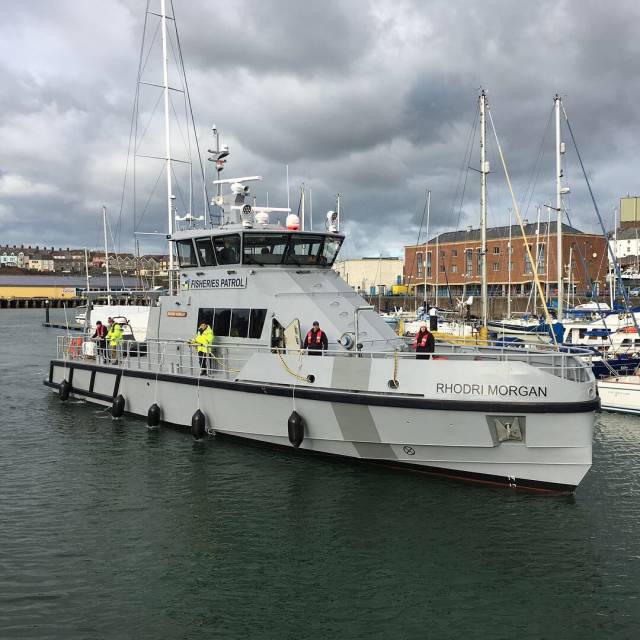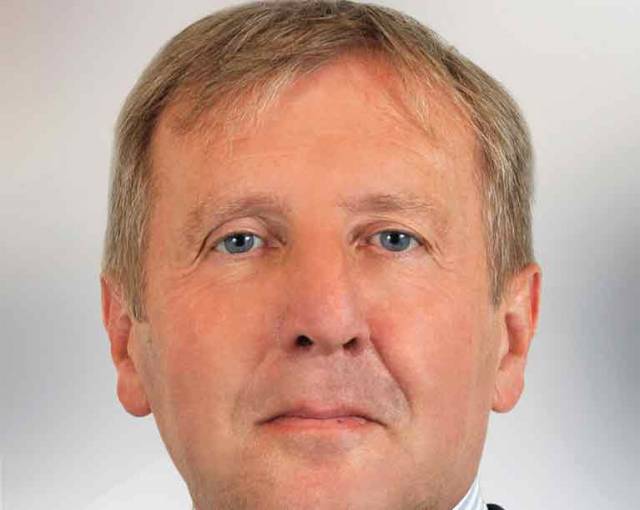
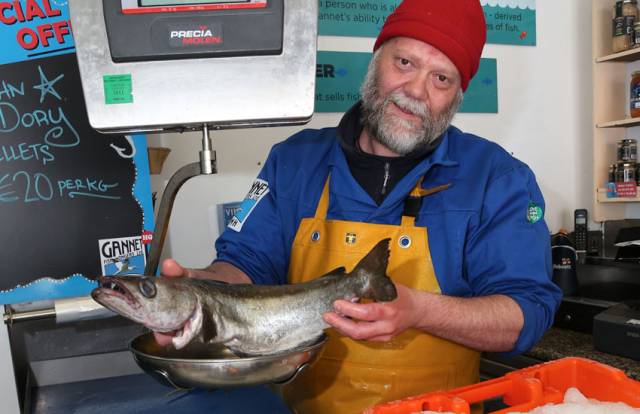
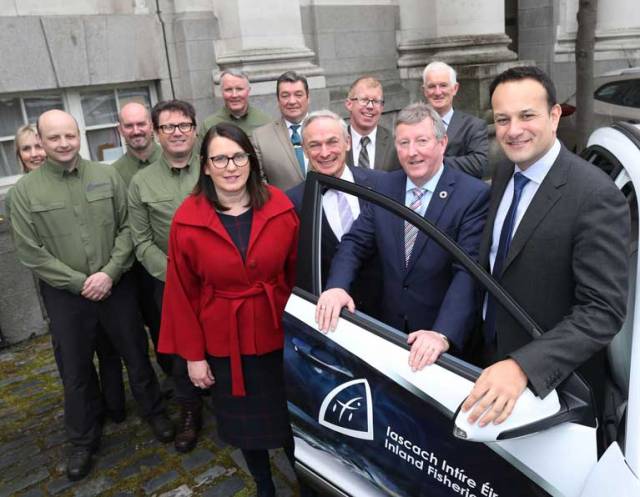
An Taoiseach Leo Varadkar Launches Inland Fisheries Ireland’s Electric Fleet of Cars
14th April 2019 Fishing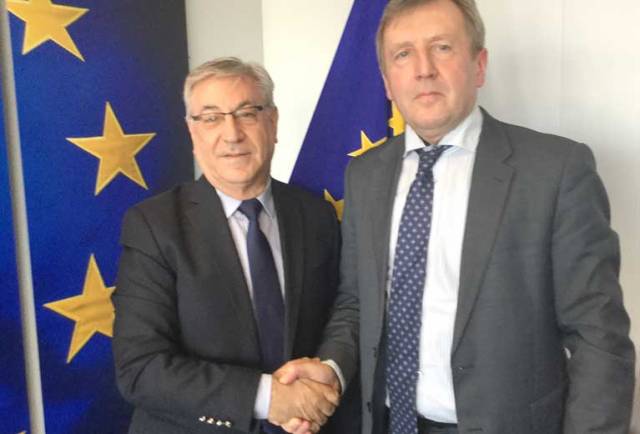
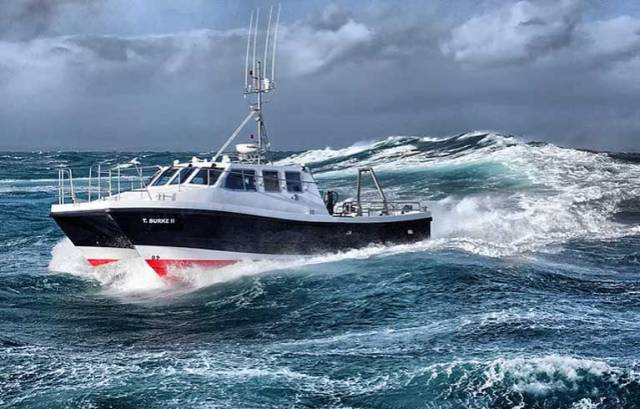
Safehaven Marine Launch New Survey Catamaran for Bord Iascaigh Mhara
8th April 2019 Safehaven Marine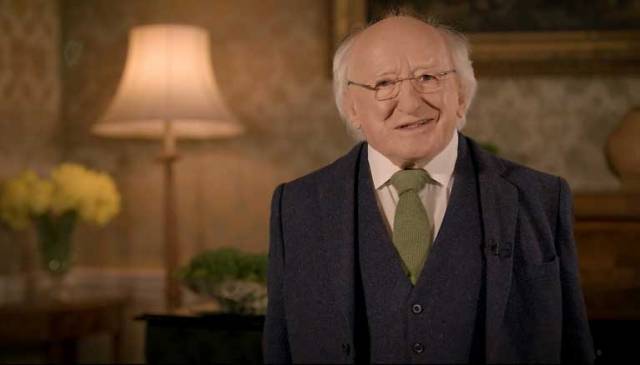
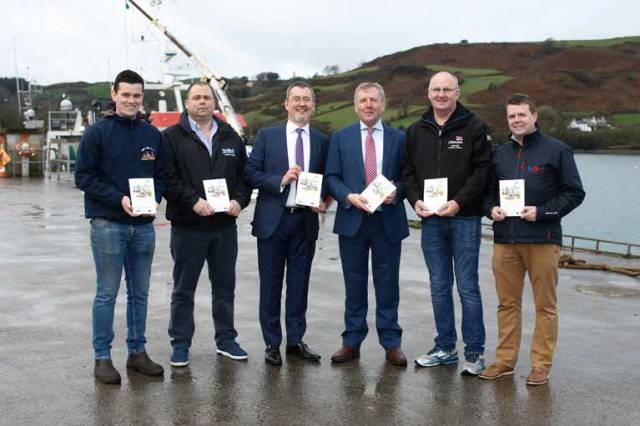
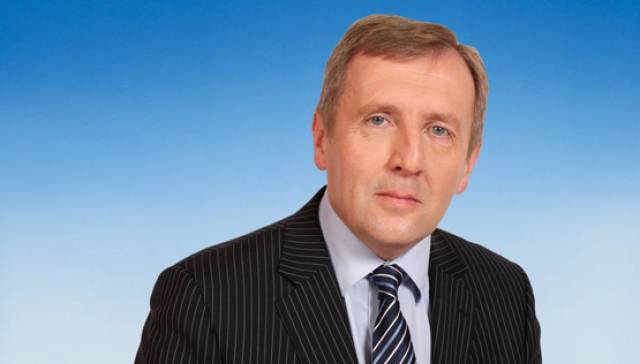
Minister Seeks To Restore ‘Voisinage Agreement’ To Allow Northern Ireland Vessels To Fish In Irish Inshore Waters
22nd March 2019 Fishing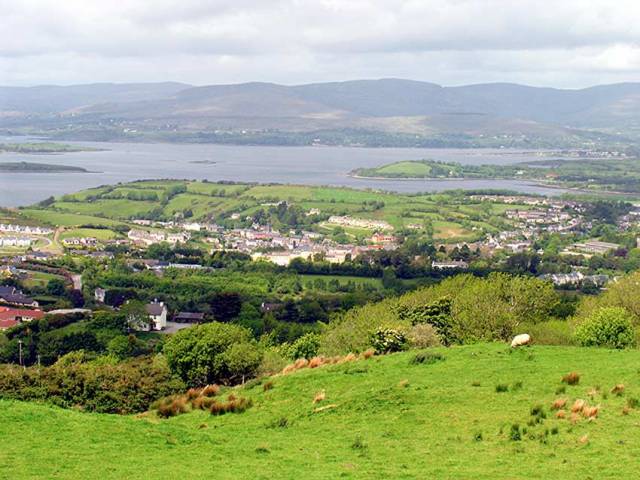
Local Fisheries Groups Across Europe To Discuss ‘Smart’ Solutions To Coastal Challenges In Bantry Next Month
14th March 2019 Coastal Notes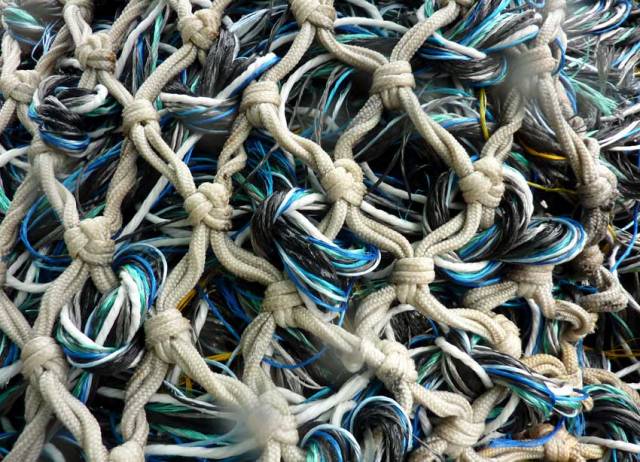
Tariffs For Fish Trade In Event Of No-Deal Brexit - But Not Across Irish Border
13th March 2019 Fishing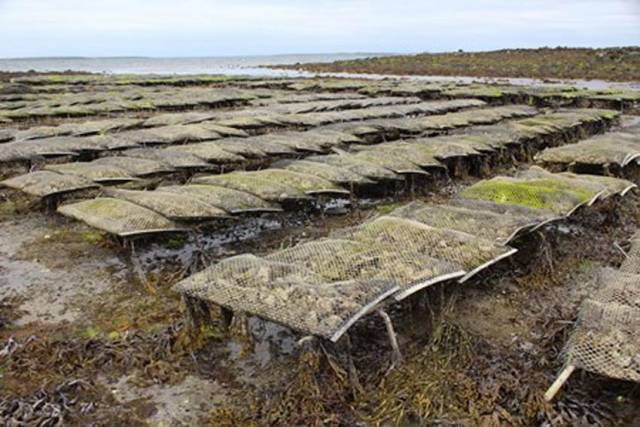
Oyster Farming Industry & Researchers Meet To Discuss Latest Knowledge On Oyster Health
6th March 2019 Marine Science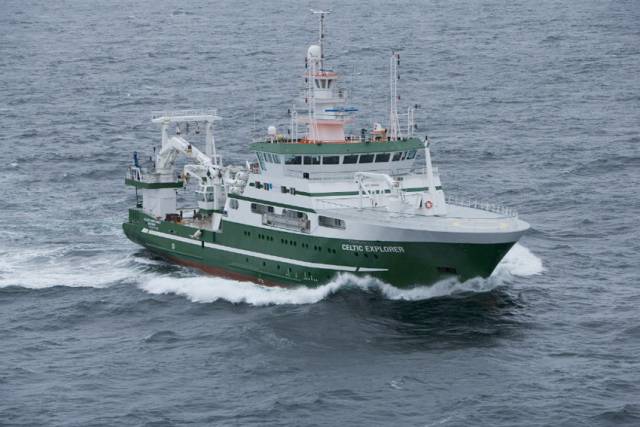
Irish Anglerfish & Megrim Survey Under Way Of West, South West & South Coasts
3rd March 2019 Fishing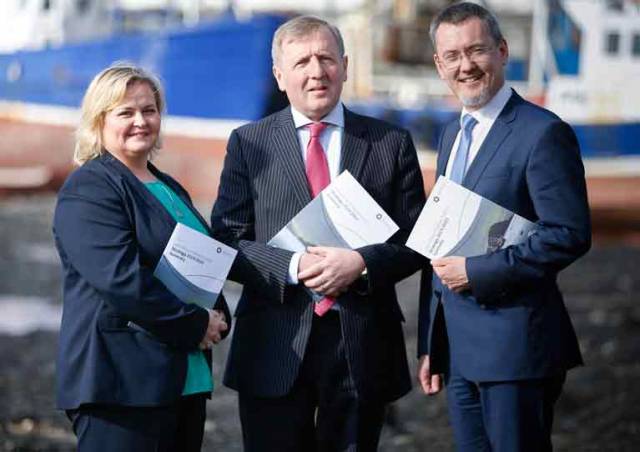
First Industry-Led Strategy for the Irish Inshore Fisheries Sector Launched
27th February 2019 Fishing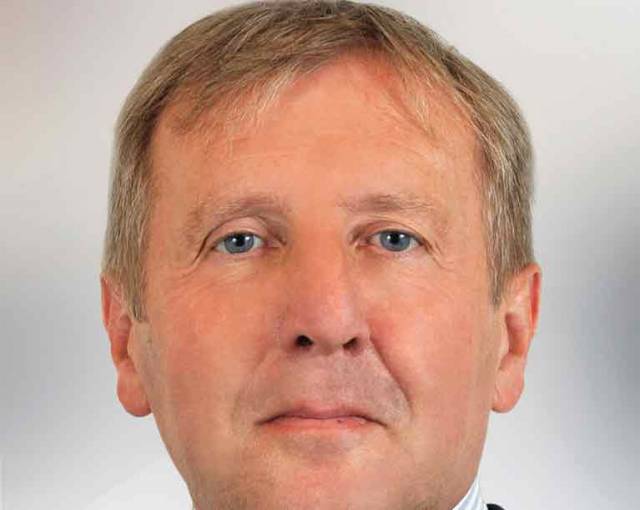
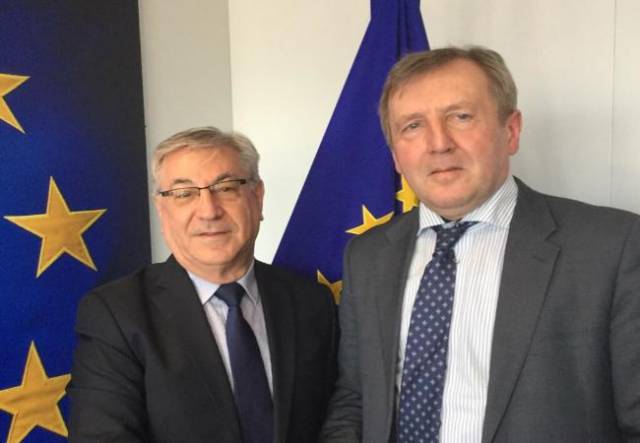
Minister Creed & EU Fisheries Commissioner Discuss ‘No Deal’ Brexit Threats To Irish Fishing Industry
19th February 2019 Fishing